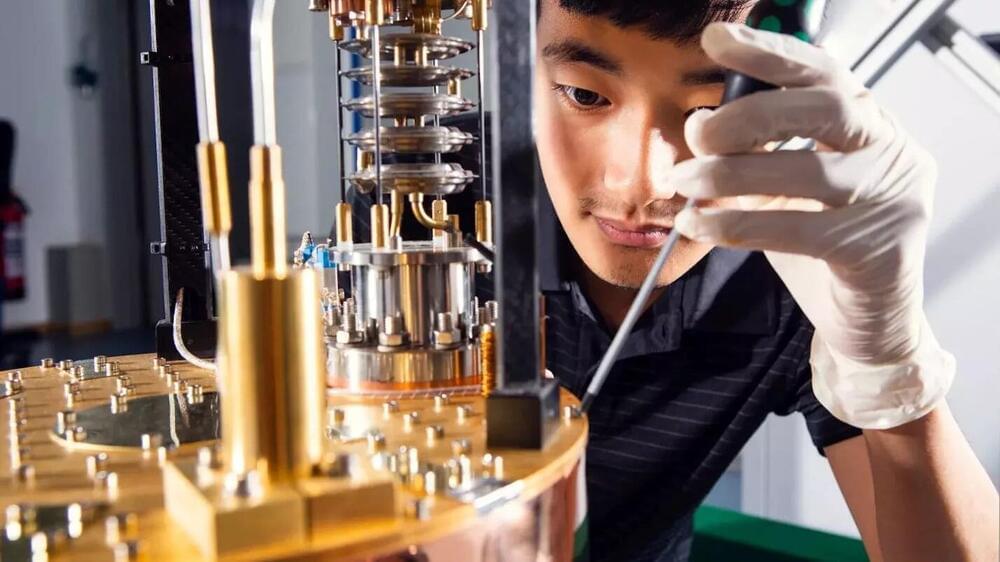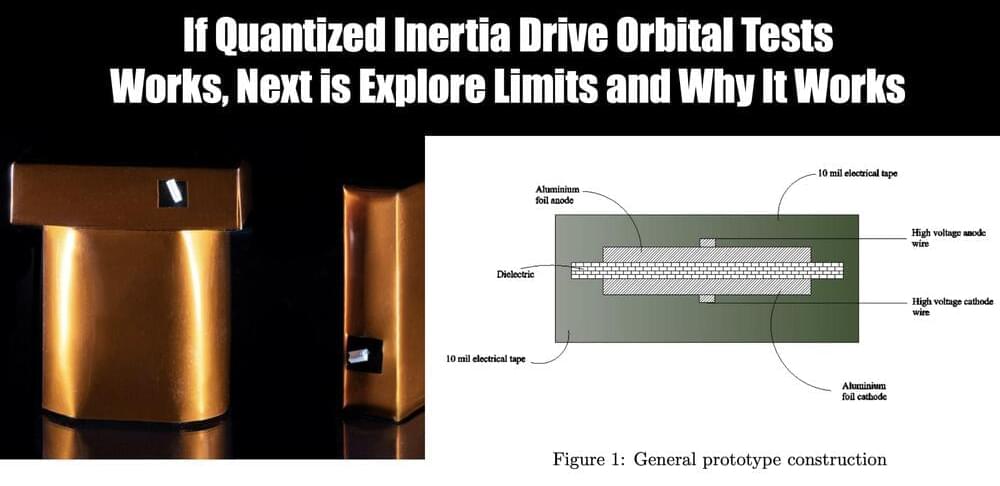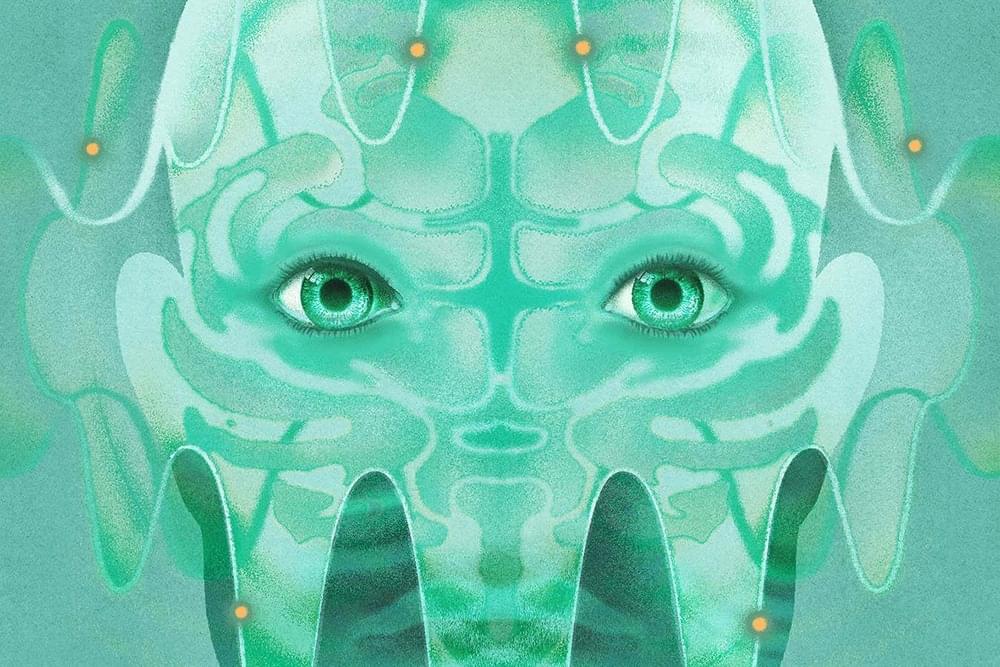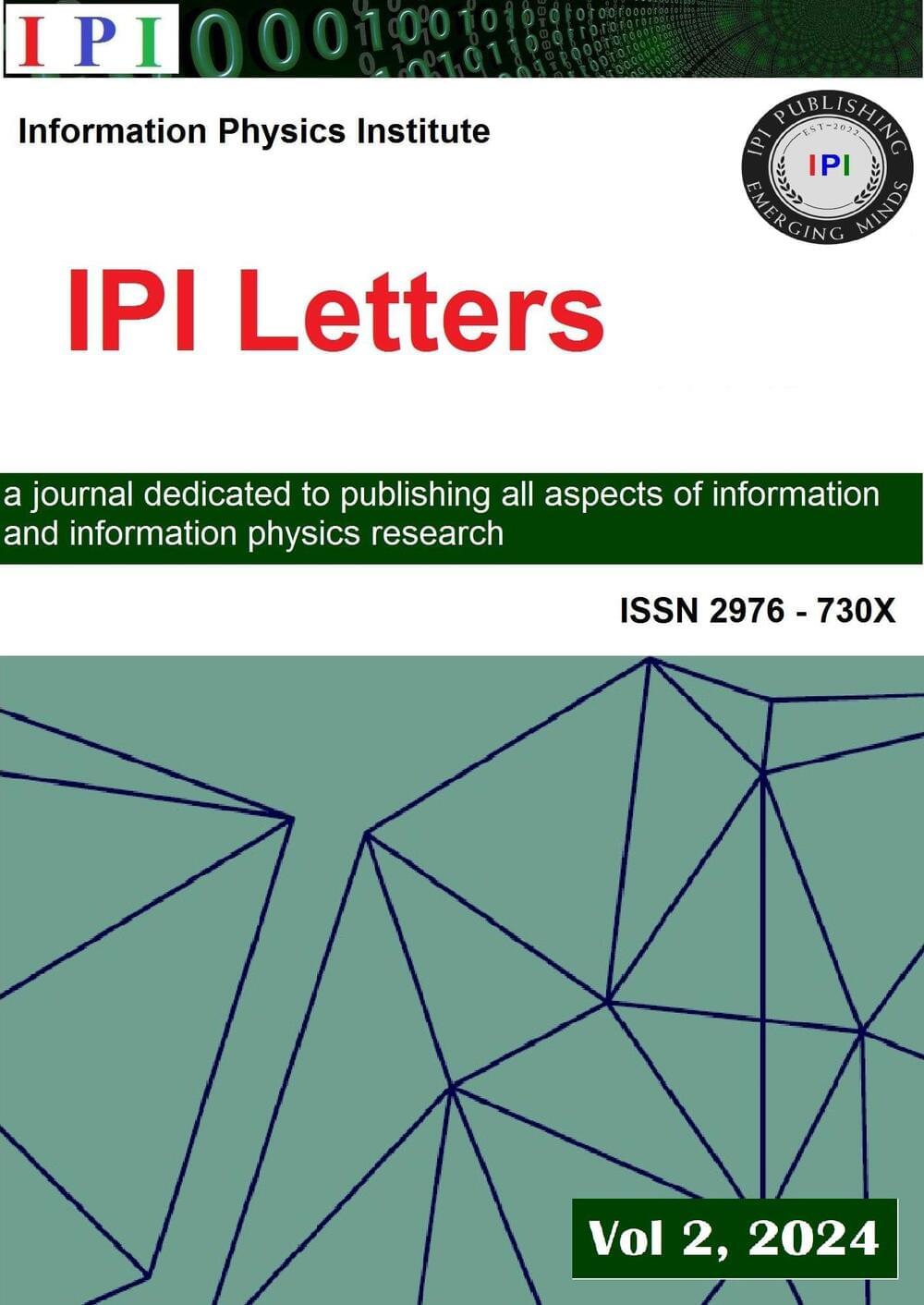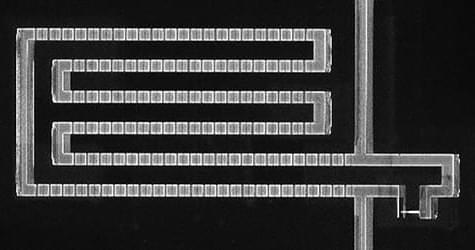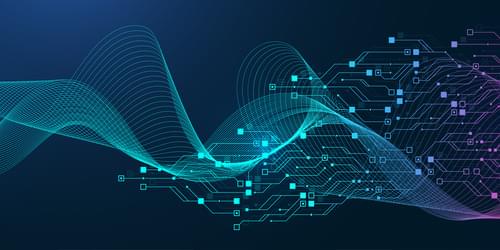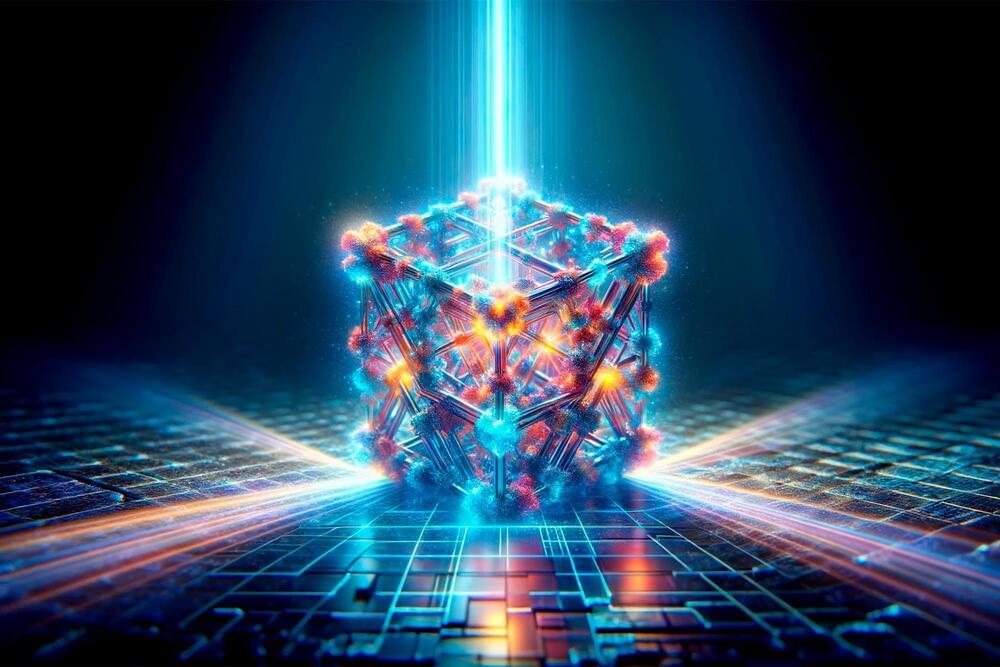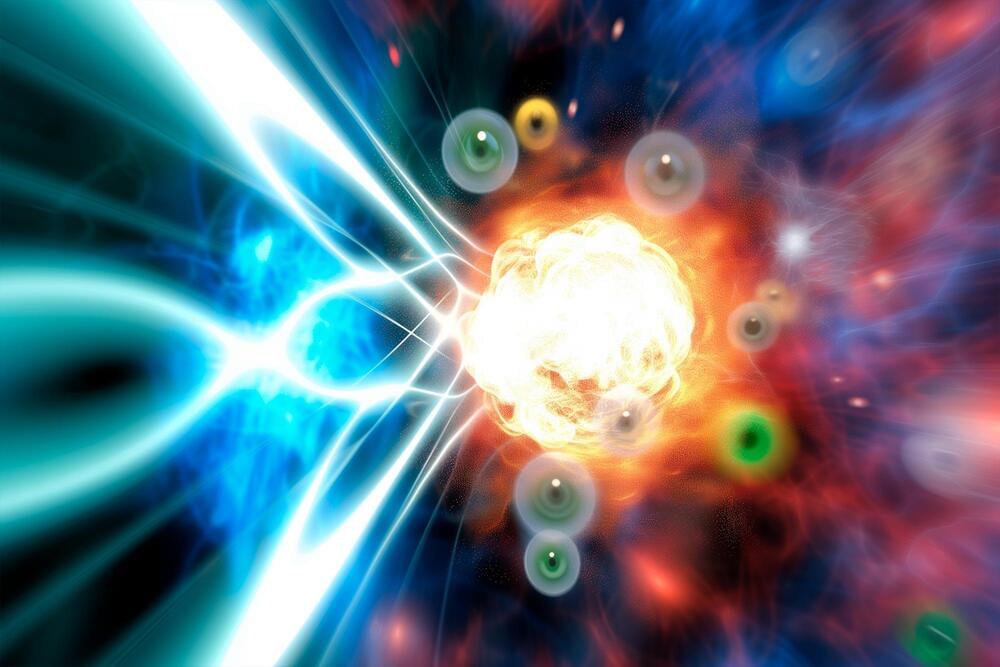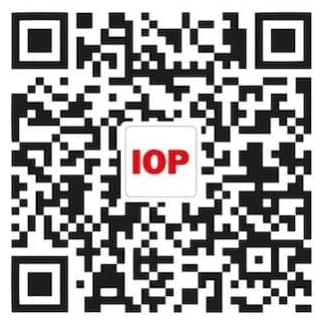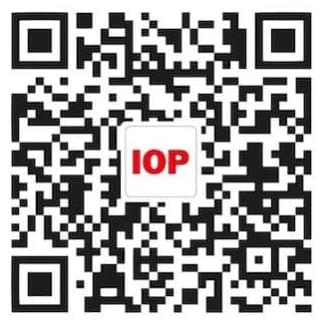Electrons that spin to the right and the left at the same time. Particles that change their states together, even though they are separated by enormous distances. Intriguing phenomena like these are completely commonplace in the world of quantum physics. Researchers at the TUM Garching campus are using them to build quantum computers, high-sensitivity sensors and the internet of the future.
“We cool the chip down to only a few thousandths of a degree above absolute zero—colder than in outer space,” says Rudolf Gross, Professor of Technical Physics and Scientific Director of the Walther Meissner Institute (WMI) at the Garching research campus. He’s standing in front of a delicate-looking device with gold-colored disks connected by cables: The cooling system for a special chip that utilizes the bizarre laws of quantum physics.
For about twenty years now, researchers at WMI have been working on quantum computers, a technology based on a scientific revolution that occurred 100 years ago when quantum physics introduced a new way of looking at physics. Today it serves as the foundation for a “new era of technology,” as Prof. Gross calls it.
